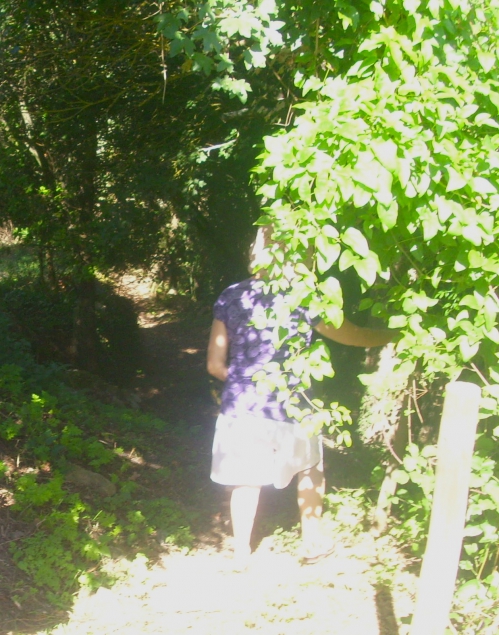Albières and Auriac
Albières village is situated on the D613 road, which goes from Narbonne to Couiza, not far from the Col du Paradis between Mouthoumet and Couiza.
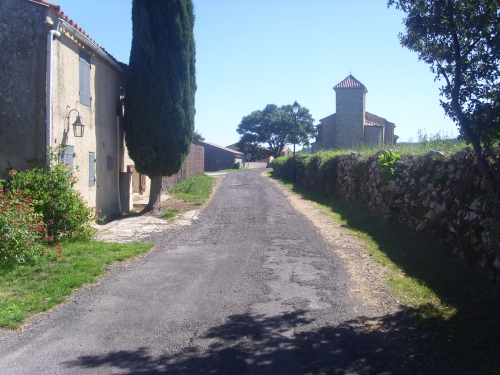
Albières is important because it is associated with the history of Rennes-le-Château as described in "The Holy Blood and the Holy Grail." The church is the picture is dedicated to St.Martin and at one time was founded and run by the Visigoths as a monastery. The design and construction of the building is quite unconventional. It's said the monks became the labour force for the mines at nearby Auriac. The Visigoths lived at Rennes-le-Château and they were Magdala the Visigothic princess and Sigisbert, the son of the Merovingian, Dagobert II. It's possible the treasure of Jerusalem was hidden there.
I had consulted various maps before coming to Albières (in search of Visigothic treasure) but maps don't show the contours. Albieres is almost like two villages, with the brook, Ruisseau de Fontbourque passing between them from west to east. It was nearly dry when we were there but further along by the brook is the Source Fontfraiche, deep in the valley. We met the mayor of Albières and he told us that when the villagers were children, they had to descend the steep banks to get the domestic water and then carry it all up! The path still exists, more-or-less opposite the church.
The water from this source is now piped up the lavoir near the Mairie, beside which we parked our car. You can see by the date when it was done, 1949.
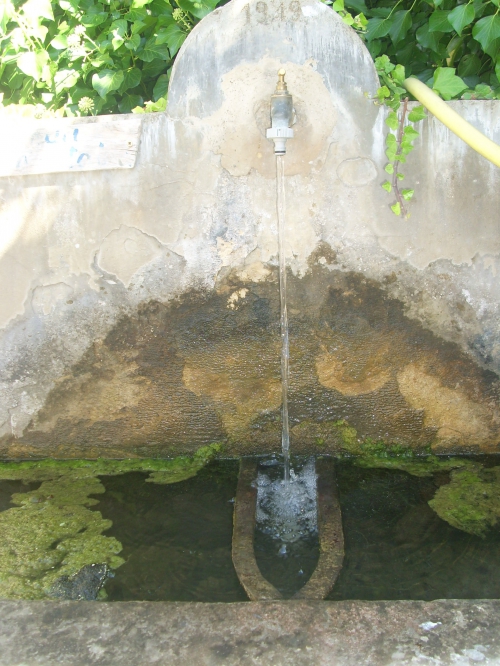
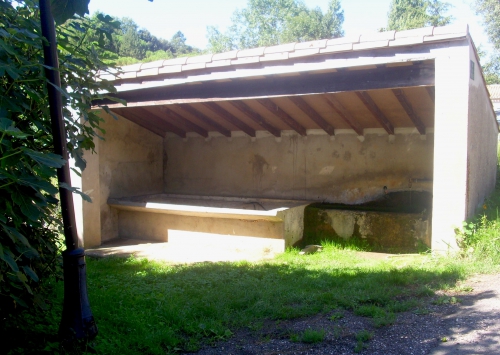
We walked through some gardens and on the right was the road to the château and its "enciente" or enclosure,the whole thing being called a "castrum" for the soldiers lived in the open air. The enclosure was gated but there was a lady from the house in the picture doing her garden and so I asked her in French if it was possible to see the château. She replied very carefully in French which made me say; "Are you English?" and she laughed too. Her name is Sue and she owns the château; the enclosure is superb for her dogs! She understood my interest, for her son is interested in local archeology.
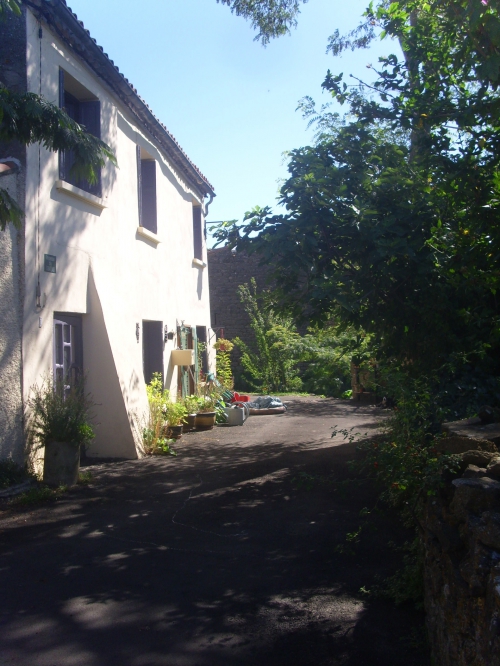
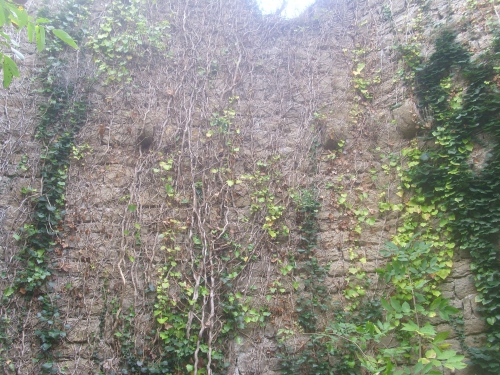
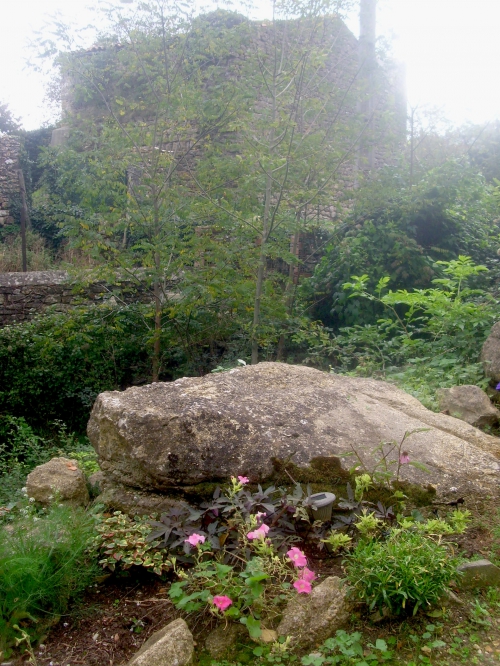
Sue's house, an immense enclosure wall, and the chateau as seen from Sue's garden.
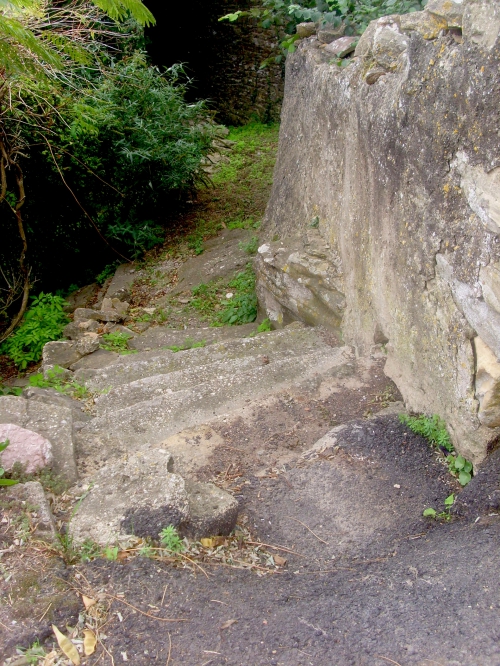
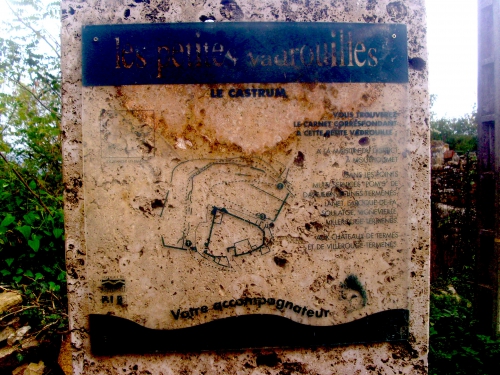
There are the remains of a "dry moat" between the house and the castrum; the triangular shape is the château.
It is huge and the castrum with its château played a great role in medieval history, guarding the gold of nearby Auriac and the Roman road which is now the D 613. We thought Sue was most kind and promised to stay in touch.
Then we asked two girls on bikes where the church was - Follow us! they said. It was open and always is, they told us. I like that, it means it is always "there" for the villagers.
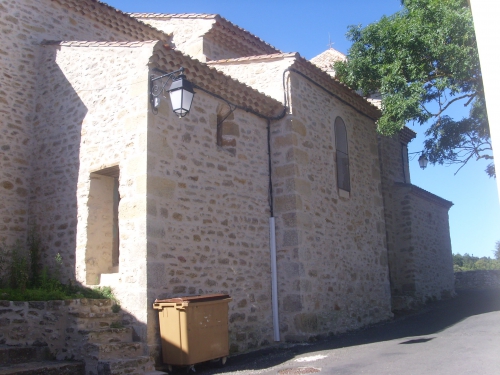
The church was cool, beautiful and high-ceiling, with a baptistry on the left. One doesn't often see in country churches a separate room to do baptisms. St. Martin was there in his mitre. He was the bishop of Tours, a Roman soldier who converted, in part, so he could stop being a soldier. At that time (around 300AD) many Christians were pointing out that Christians did not or should not go about killing each other.
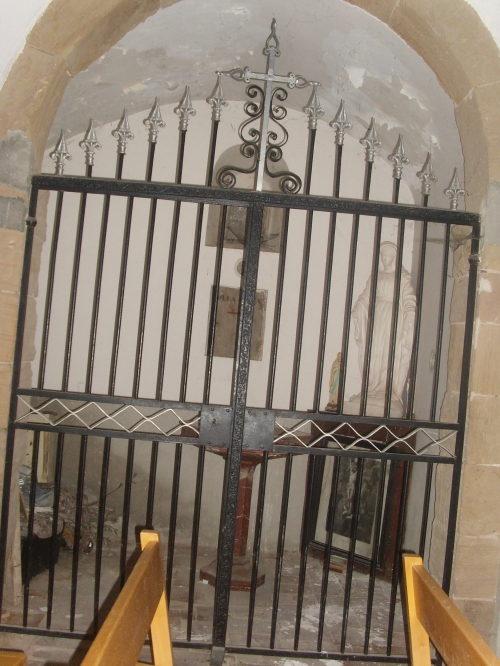
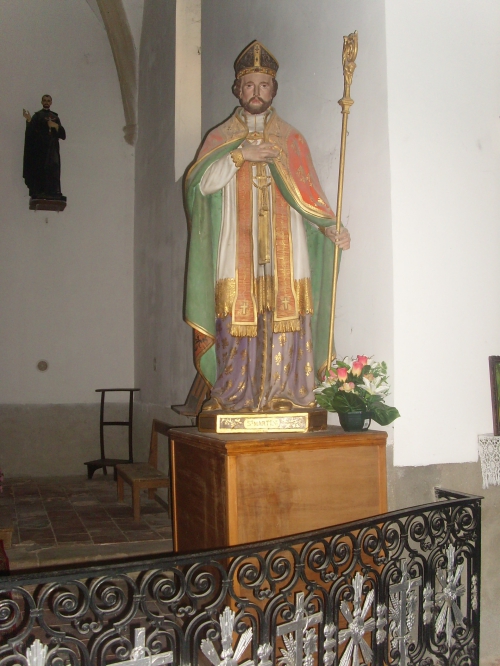
Another unusual aspect was the confessional in a room separated from the nave. We also saw a chair that we though could have come from the old monastery.
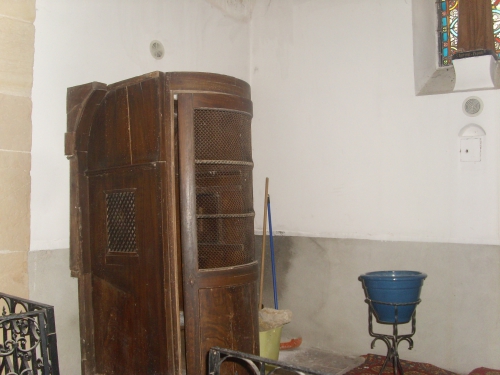
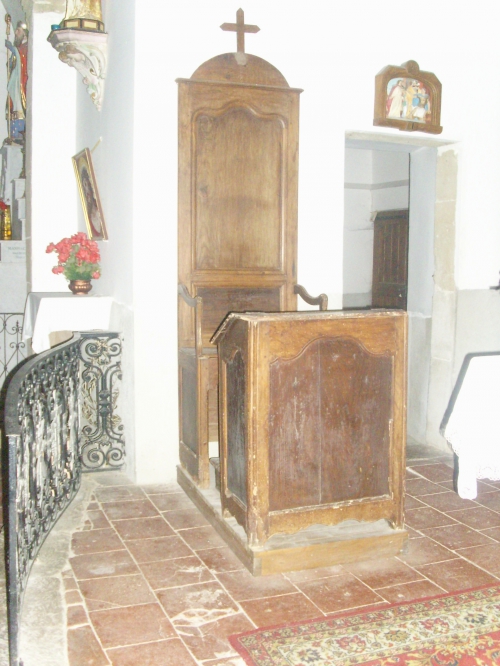
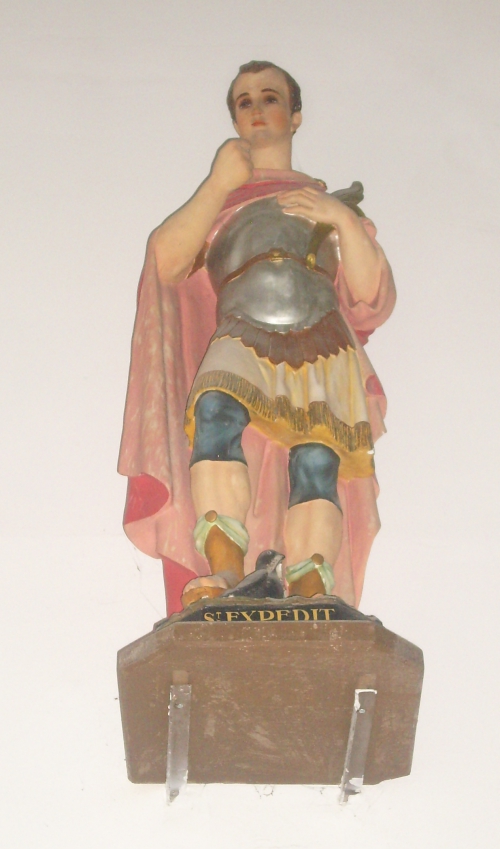
Beside the confessional was a statue of St. Expedite. It's from him we get the word "expedite." He was a young Roman soldier, a Christian who could not wait to be baptised. "I want it NOW!" he said. (He was martyred of course.)
Then we went to search for the Fontfraiche; there was a street named after it on the map, on the other side of the brook called Ruisseau de Fontbourque. There we asked a gentleman the way and it turned out he was the Mayor!
On the way however, we came across a little oratoire - a place people go to pray. It was dedicated to ND de Doulours - Our Lady of the Sorrows. It was a place for people in mourning to go to and positioned beside the road just about the spot where is the source de Fontfraiche - which has now been diverted.
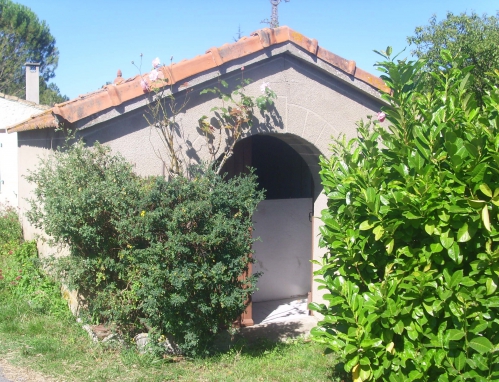
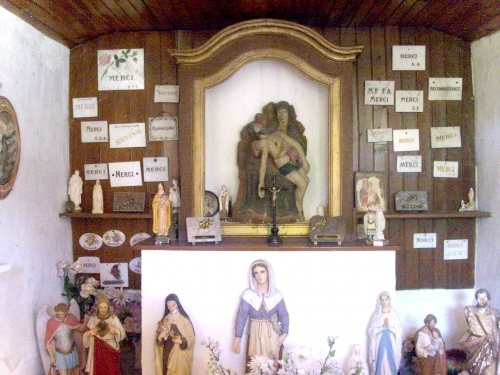
The strange statue is listed as a historical monument and dates from the 17th century. This building is recent; but what was there before it? Much more research is needed here. I am convinced it was Celtic place dedicated to the guardian of the source below.
There is only one thing I don't like about Albières - the lack of a café! So take a picnic, especially if you are a walker who likes to get away from it all. There is, however, a salle des fêtes, quite splendid, with the sanitaires open all day. Albières is famous for the jazz festival it holds every July. Musicians come from all over the world.
If you want to know more about the village, the Mairie is open every Monday and Thursday afternoon.
Inscrivez-vous au blog
Soyez prévenu par email des prochaines mises à jour
Rejoignez les 97 autres membres

